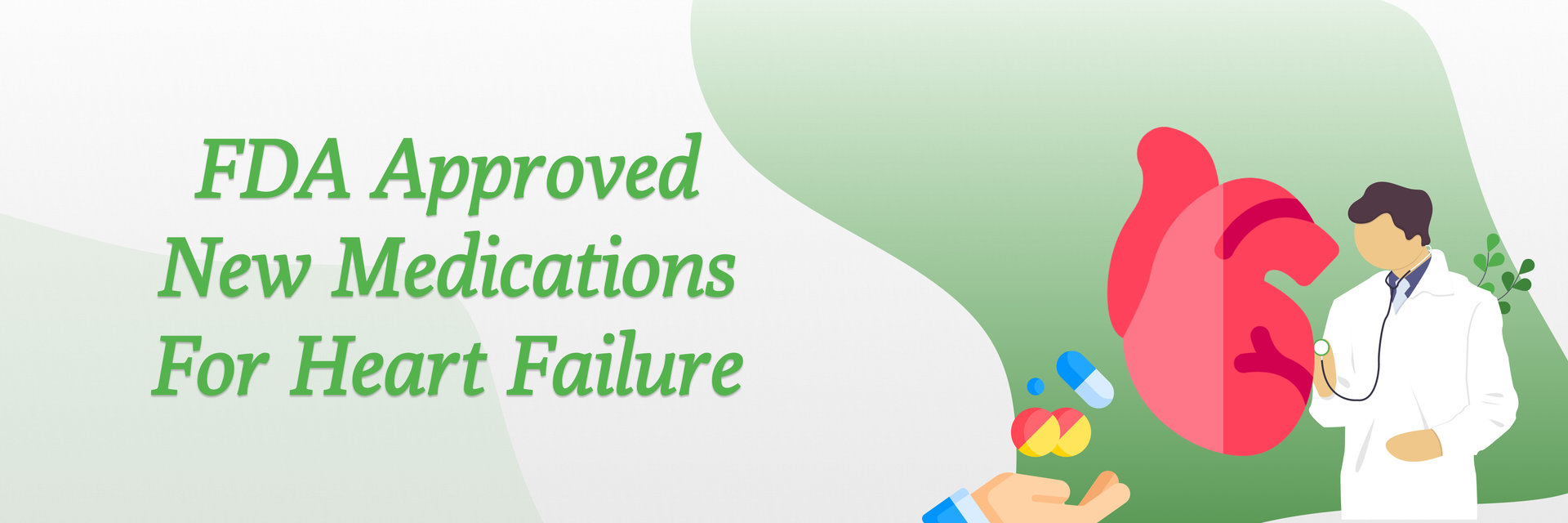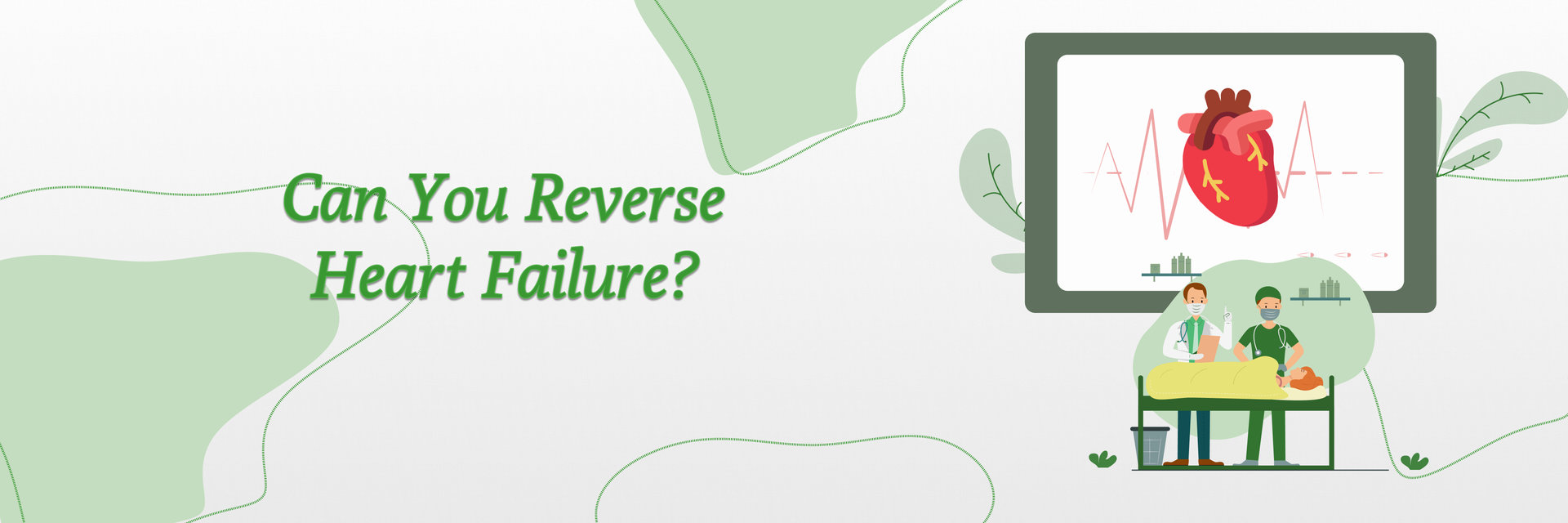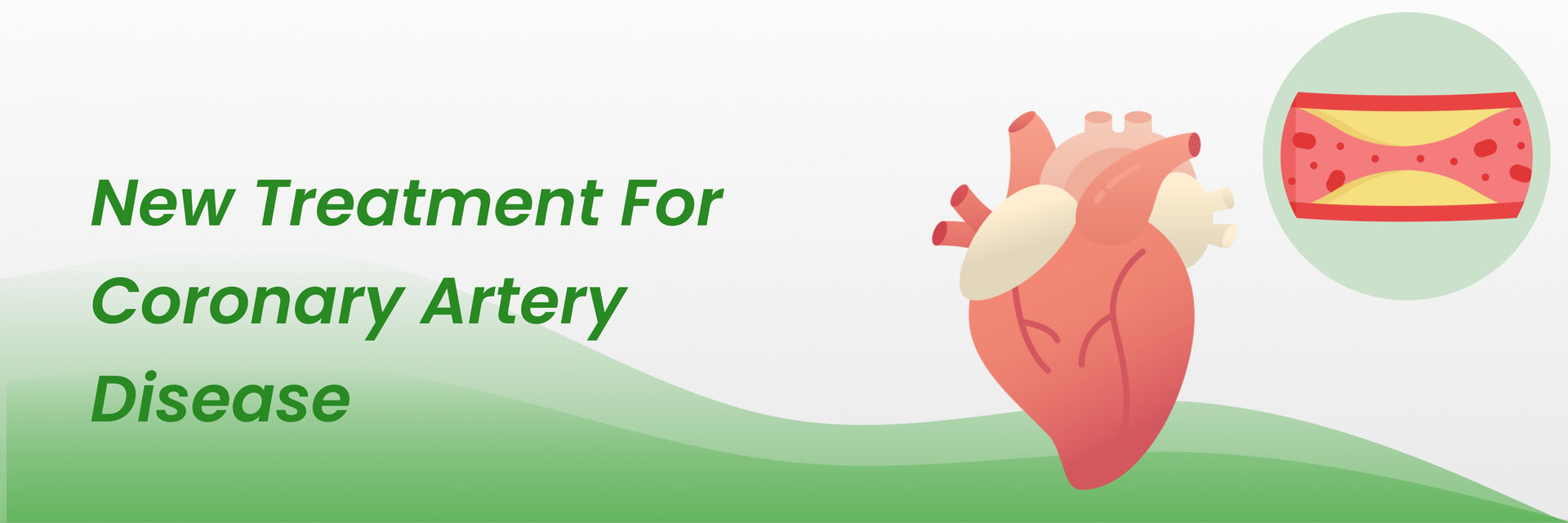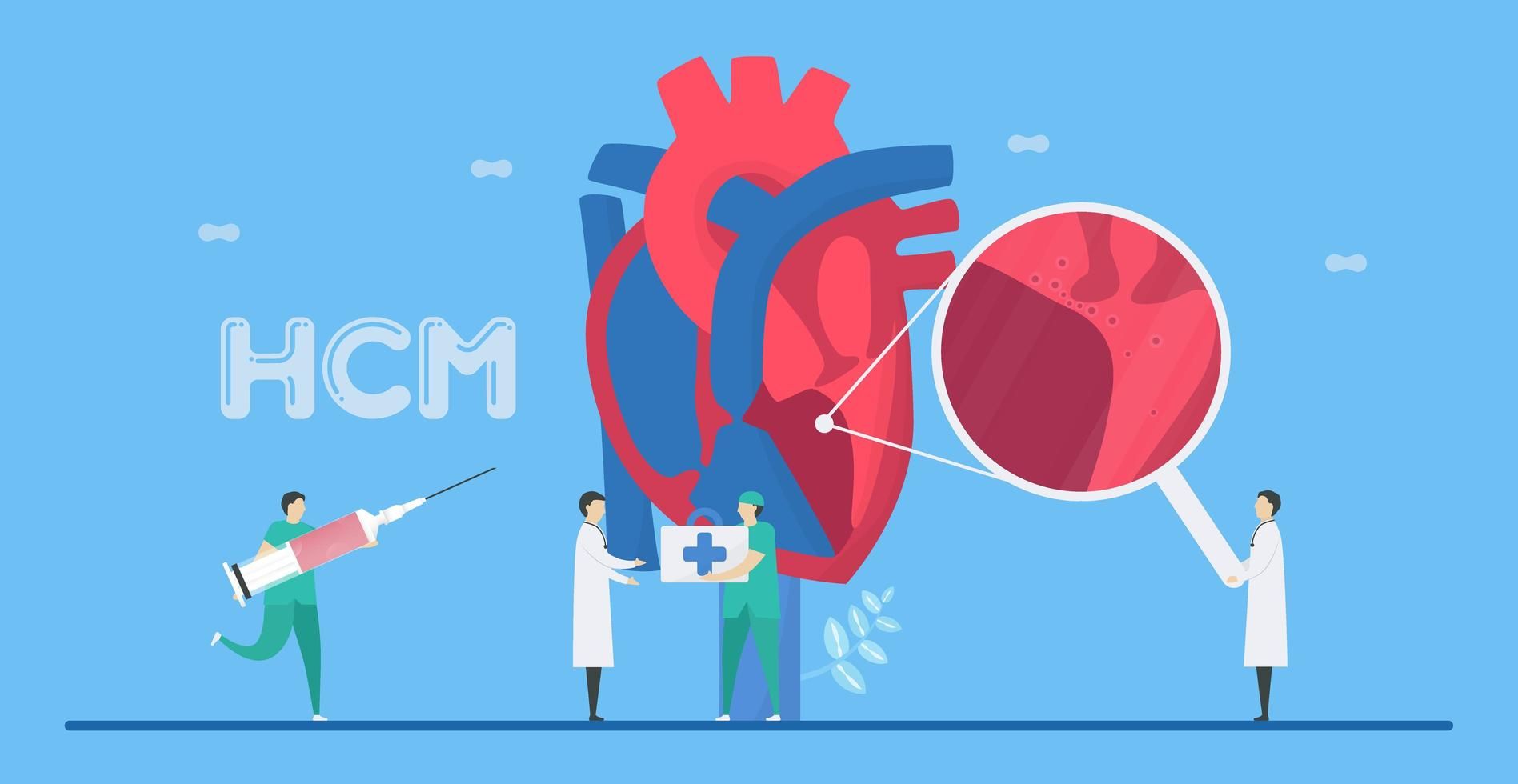Overview
The human heart is a marvelous illustration of biological engineering, pumping blood ceaselessly and sustaining human life. But for millions of people worldwide, this life-sustaining organ is at the hub of serious disease such as cardiac disease and heart failure. With conventional medicine having failed to find a universal cure, stem cell treatment is turning out to be a beacon of a new hope. This new strategy isn't just trying to control symptoms—it's trying to restore function and repair tissue damage at the cellular level. As conditions such as congestive heart failure evolve, stem cell therapy may be the future of cardiovascular treatment. Get connected with top doctors and book video consultation, without any hassle.
Everything to know about heart disease
Heart disease is a group of conditions that weaken the function of the heart. Coronary artery disease is the most frequent one, which blocks blood to the heart muscle. It will ultimately lead to cardiac heart failure or other fatal complications. Others include arrhythmias, congenital heart defects, and cardiomyopathy. There are various types of heart diseases, some of them are mentioned below:
- Coronary artery disease: It is a type of heart disease characterized by narrowing and hardening of the arteries that supply blood to the heart.
- Arrhythmia (abnormal heartbeat): It occurs when the electrical signals that tell the heart to beat don’t work properly.
- Congenital heart defects: It is also known as congenital heart disease, are problems with the hearts structure that are present at birth.
- Dilated cardiomyopathy: It is a type of heart muscle disease that causes the heart chambers (ventricles) to thin and stretch, growing larger.
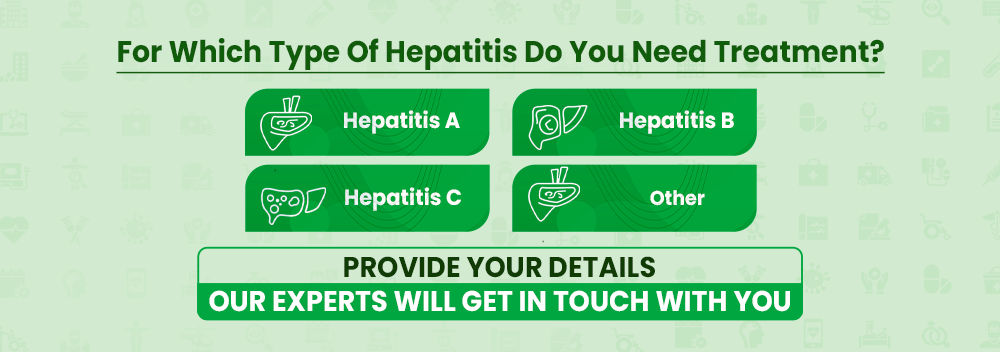
There are continuous innovations and developments going on in the field of medical science. Though, the disease is complex there are multiple treatments to this disease, some of them are mentioned below:
- Lifestyle modification (diet, exercise, stress reduction): It encompasses changes in diet, exercise and stress reduction techniques to improve overall health of the heart problems faced by the patient.
- Medications (beta-blockers, ACE inhibitors, statins): These are the important classes of medications used in the treatment and prevention of cardiovascular diseases like high BP, heart failure and heart attacks.
- Surgery (bypass surgery, valve replacement): It includes replacements to open heart surgeries used to address different conditions of the heart.
In spite of these therapies, diseases such as congestive heart failure remain susceptible to deterioration, culminating in lowered quality of life and heightened mortality. This has brought forth the need for emerging therapies, such as stem cell treatment, to bring in optimism.
Types of cells used in stem cell treatment
| No. | Name of the cell | Description |
| 1) | Bone Marrow-Derived Mononuclear Cells (BMMNCs) | A mixed group of cells from bone marrow used early in trials, but with limited heart regeneration ability. |
| 2) | Cardiac Progenitor Cells (CPCs) | Heart-specific stem cells that can turn into heart muscle cells and directly aid cardiac repair. |
| 3) | Embryonic Stem Cells (ESCs) | Highly versatile cells from embryos that can form heart tissue but raise ethical and safety concerns. |
| 4) | Induced Pluripotent Stem Cells (iPSCs) | Reprogrammed adult cells that act like embryonic stem cells, offering patient-specific regeneration. |
| 5) | Skeletal Myoblasts | Muscle precursor cells tested for heart repair but dropped due to poor integration and rhythm issues.
|
Stem cell treatment & Heart Disease
Stem cell therapy entails the implantation of stem cells into damaged heart tissue in order to restore or restore lost or damaged cells. Stem cells are capable of inducing healthy cardiac cells and vascular regeneration. It is particularly beneficial for patients suffering from cardiac heart failure, where normal therapies cannot reverse damage.
Research has been found to hold vast potential, with the most significance lying in the application of mesenchymal stem cells to regain cardiac function. Through stimulating growth in the heart's myocardium tissue, the treatment significantly restores heart function and can bring the patient closer to possessing a normal heart rhythm.
In practice, stem cell therapy is typically delivered via direct injection into the heart muscle or by infusing the cells into the coronary arteries. The idea is to promote regeneration, reduce scar tissue, and ultimately improve heart function. There have been multiple clinical trials attempting to prove the effectiveness of this approach. For example, the SCIPIO trial used cardiac stem cells and initially showed significant improvement in heart function, but later scrutiny raised concerns about the data’s reliability. The BAMI trial, which tested bone marrow-derived cells after heart attacks, found no major impact on survival rates. Other studies, like those involving MSCs, have shown modest improvements in symptoms and heart function, but the results are often inconsistent and vary widely between patients.
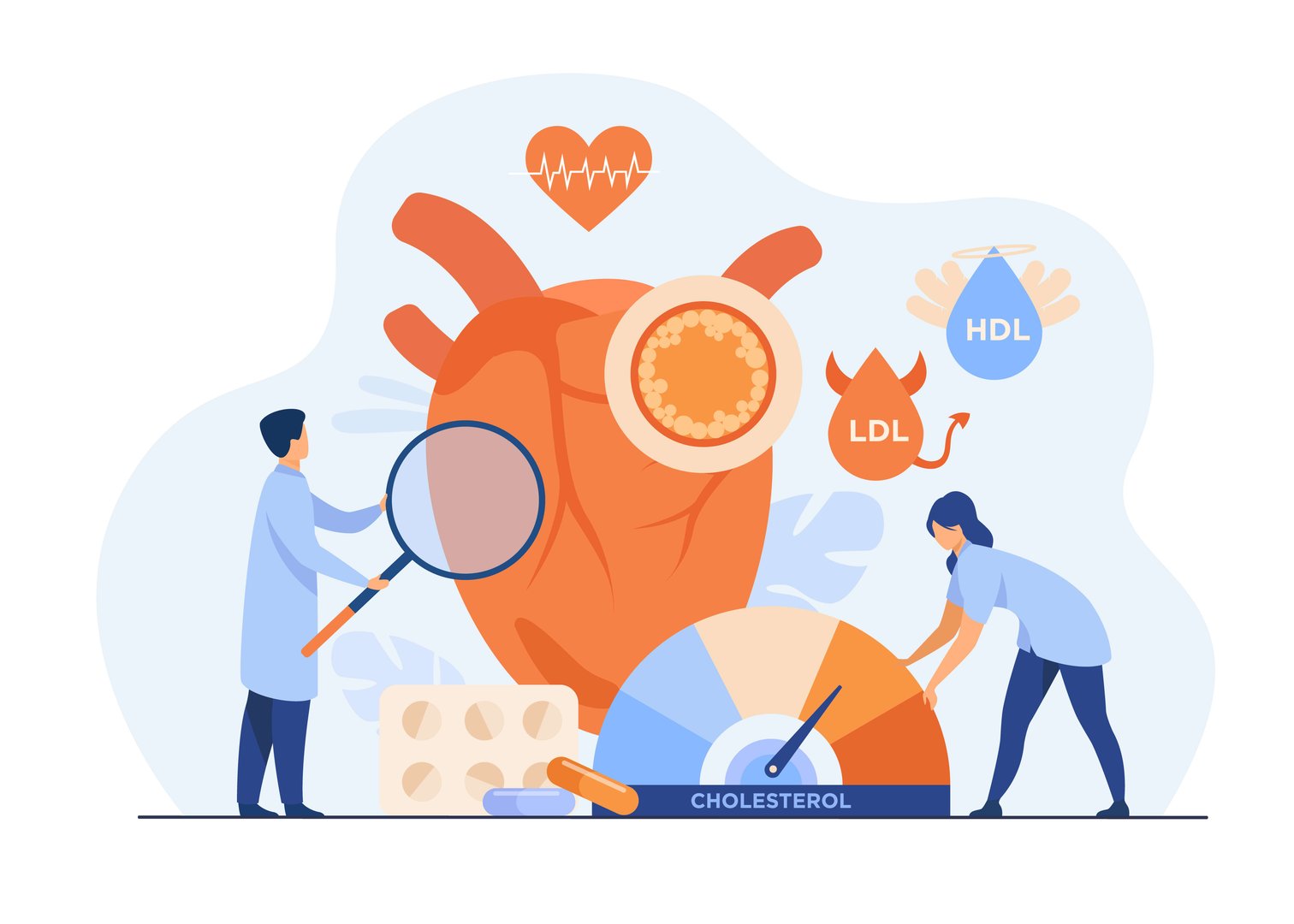
Scope & Future of stem cell treatment
While still in the experimental phase of the world as a whole, stem cell therapy for heart failure is being studied around the globe in clinical trials. It's especially encouraging where repair of heart muscle tissue is a possibility that can make a big difference, like in heart failure or recovery from heart attack. In the future, gene-editing devices like CRISPR can be combined with stem cell methods to more finely calibrate and customize treatment protocols. With advances in stem cell storage and delivery technology, regenerative cardiology in the future will be more of a reality.
Recent Innovations & Development
Several early reports have shown that stem cells have been successful in inhibiting inflammation by a significant amount, stimulating new vessel formation, and repopulating damaged areas of heart tissue. Perhaps most importantly, methods of keeping stem cells within the heart have improved therapy. Personalized methods of stem cell preservation and advanced protocols for stem cell preservation are allowing patients to bank their own cells for potential future therapy. These are such places as Harvard and leading research facilities in Asia and Europe, which have given great hope, hypothesizing that within a decade or less, stem cell therapy will be commonplace practice for certain patients with heart.
There is notable innovation taking place in India as well, some of them are given below:
1) Path-Breaking Work at AIIMS, New Delhi: The All India Institute of Medical Sciences (AIIMS) in New Delhi has led the research on stem cell therapy. AIIMS conducted the first heart transplant in India in 1994 under the guidance of Dr. P. Venugopal. Dr. Venugopal also pioneered autologous stem cell implantation for the repair of the myocardium, providing an alternative to traditional transplantation techniques.
2) Innovations in Metro Heart Institute, Noida: Dr. Purshotam Lal, Metro Heart Institute, Noida, has been a leader in advocating the use of stem cells in cardiology. In 1998, he performed India's first angiogenesis to cause neovascularization in patients who were not candidates for bypass or angioplasty. The method was to provoke blood vessels by injecting vascular endothelial growth factor (VEGF) and, in some cases, patient bone marrow-derived stem cells to augment the process.
3) Achievements of GIOSTAR India: GIOSTAR India has been at the forefront of regenerative medicine involving cardiac repair and regeneration through the use of stem cells. They work on increased vascularization along with the use of more than one type of stem cells, including embryonic and mesenchymal stem cells, for the rehabilitation of heart function.
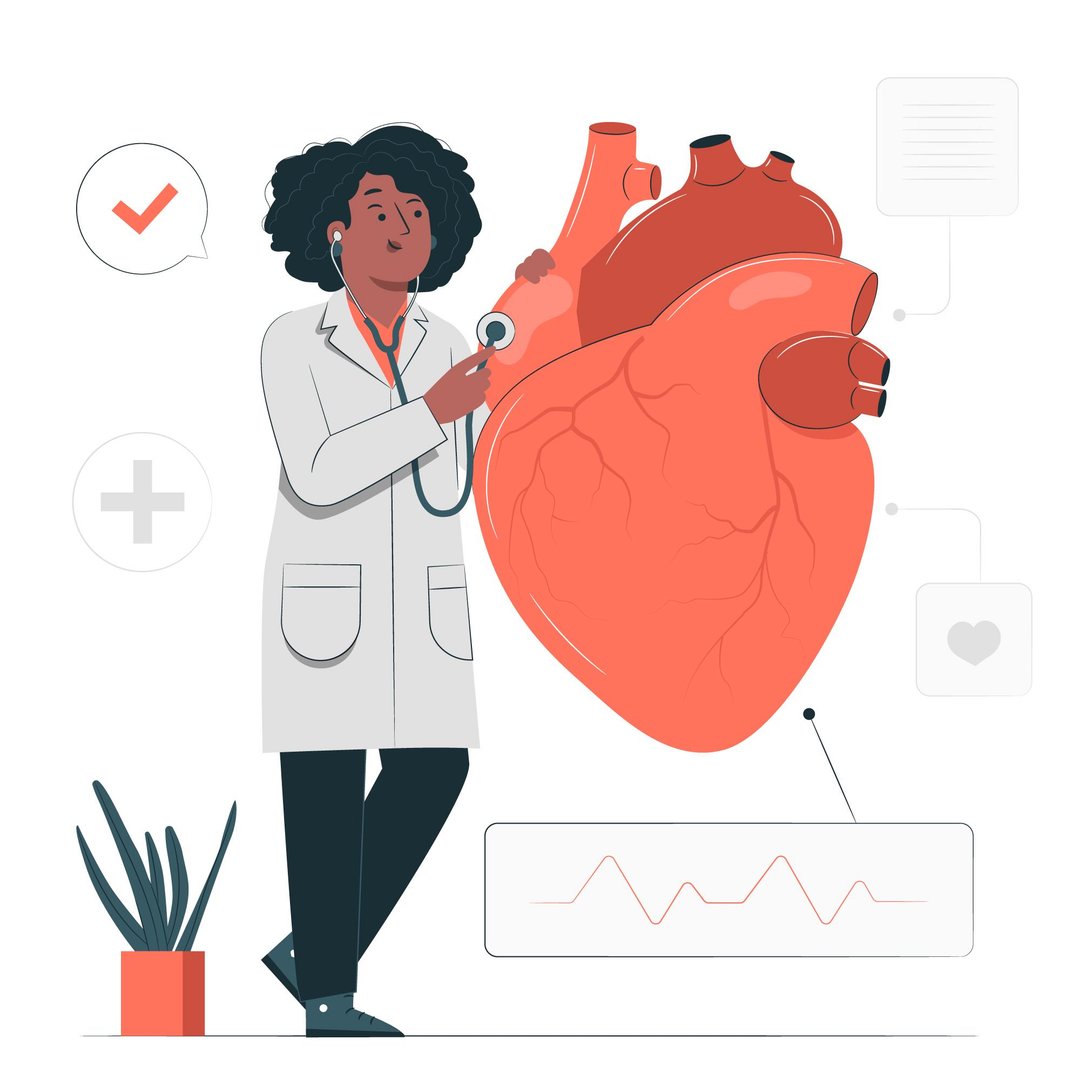
Advantages & Benefits
Stem cell therapy also possesses some benefits over conventional cardiac therapy. The most significant benefit is that it has the ability to regenerate and repair damaged heart tissue, treat the cause and not the symptoms. This regenerative ability can result in enhanced cardiac output, enhanced symptoms of heart failure, and reduced need for invasive procedures. Apart from the above, stem cell therapy is less invasive in approach, even more so, most of the time an injection and far from open-heart surgery. It even has the potential for direct interventions, particularly with patients using their own cells and hence no side effects risk or rejection. Recent advances in the preservation of stem cells enable the storage of precious cells to be used repeatedly or in the future.
Risks Associated
While it is full of promise, however, stem cell therapy is not risk-free. Side effects may be as benign as infection and inflammation to as headline-grabbing as unheralded immune response, especially for non-autologous stem cells. Even arrhythmias may result if the cells aberrantly integrate into cardiac tissue Also, the long-term effects are still under research. Rogue cells could result in abnormal tissue growth. With every medical breakthrough, there has to be tight standards and protocols in place to prevent such risks and safeguard patients. Poorly controlled cell differentiation could cause tissue irregularities or tumors. Advanced Case late-stage heart failure may show minimal response. Variability in procedures, cell sources, and protocols can affect outcomes. Inadequate preservation or poor storage can reduce effectiveness.
Success Rate
The efficacy of stem cell therapy for cardiovascular disease is influenced by the severity and nature of the disease, age, and timing. There has been a noted improvement in cardiac function as well as general quality of life, particularly in those with moderate severity of congestive stem cell. Clinical trials are showing moderate to large increases in ejection fraction and heart function. While not a cure, the treatment is promising and quantifiable to many who had nothing else previously.
Stem cell therapy for heart disease is still largely experimental, but clinical trials and early studies have shown promising results — with success rates ranging between 20% to 60% in terms of improved heart function, reduced symptoms, and better quality of life. However, this doesn’t mean it’s a guaranteed fix — and the definition of “success” varies depending on the type of heart disease, the stem cell type used, and how success is measured.

Cost of Treatment
The price of stem cell therapy can be beyond reach and is subject to change based on the clinic, treatment procedure, and place. In India, for instance, storing stem cells and maintaining stem cells can cost anywhere from ₹50,000 to ₹1,50,000. The treatment, based on complexity and duration, can be in lakhs of rupees. These include workups, hospitalization, and follow-up. Because there is minimal insurance coverage, the rewards of the specialty are slowly making the treatments affordable. Early stem cell banking will be an investment well worth in patients who are at risk of cardiac disease. It is difficult to calculate exact amount, as it based on various factors like hospitals, level of the disease, doctors and many other factors.
Summary
Stem cell therapy is rendering cardiac disease a relic of the past. From heart failure, cardiac arrhythmias, to damage inflicted by a heart attack, the new treatment makes a new reality of hope become a reality. Although still unsafe and risky, its ability to redefine the human heart and to cure near-normal function of the heart rate positions it at the cutting edge of medicine. With the evolving technology and increasing accessibility, the scope of storing and maintaining stem cells in traditional medicine is at the threshold of transforming the treatment of cardiovascular diseases. Better days are ahead for doctors and patients alike as a turn in the tide of war against cardiovascular disease appears imminent.


